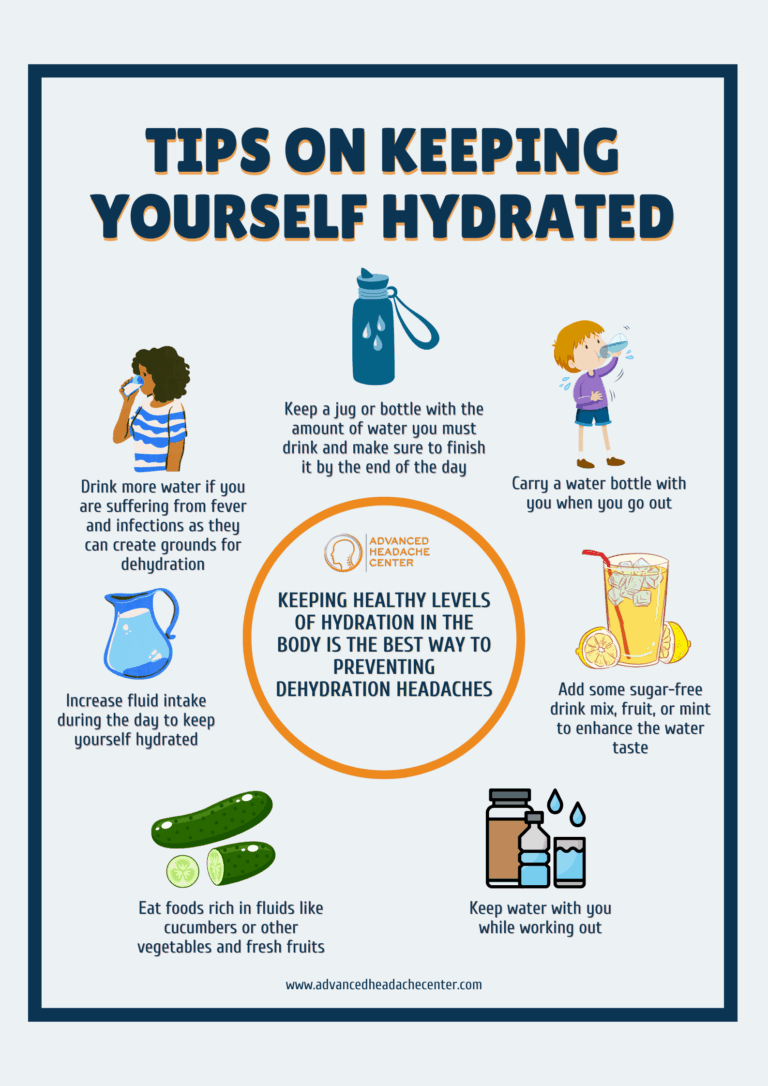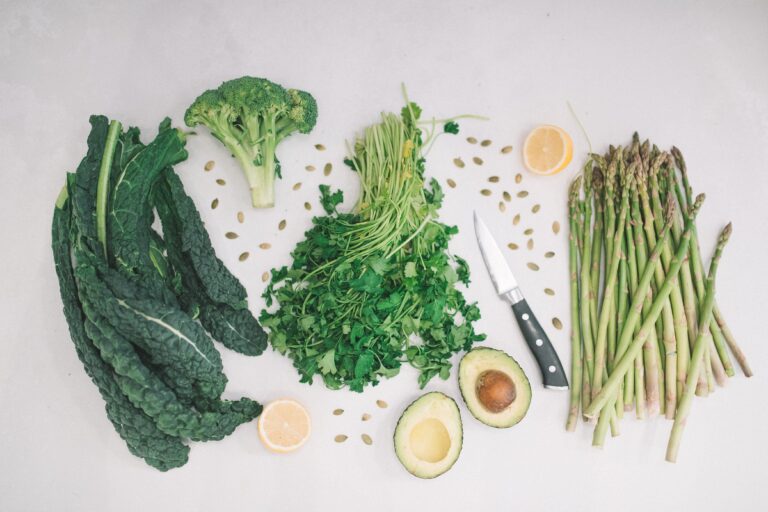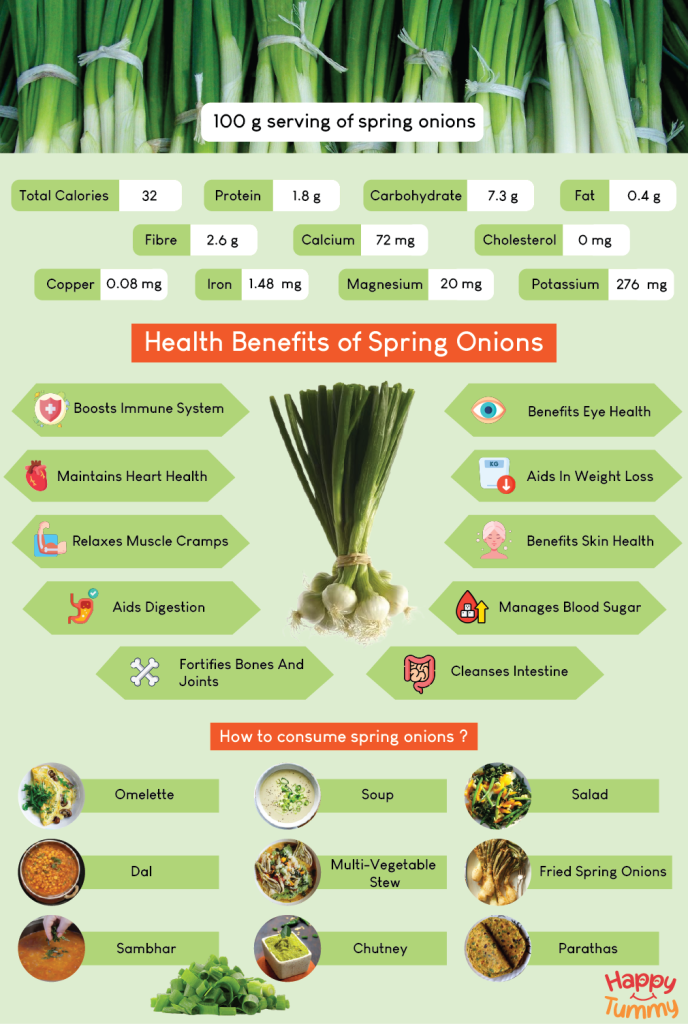Beyond Bone Broth: How Kale’s Calcium and Vitamin K Strengthen Your Skeleton
For generations, the narrative of bone health has been dominated by a familiar cast of characters: the milky white of dairy, the sun-kissed promise of vitamin D, and more recently, the ancient wisdom of bone broth. These stalwarts have their merits, no doubt, but the story of skeletal strength is far richer, more nuanced, and ever-evolving. What if the true hero, the unassuming architect of resilient bones, has been quietly thriving in our gardens and grocery aisles, its vibrant green leaves holding a secret synergy more potent than many conventional remedies?
This is the story of kale, a leafy crucifer often lauded for its overall nutritional prowess, but whose specific, profound contribution to bone health is frequently overshadowed. We’re moving beyond the comfort of bone broth – a valuable source of collagen and minerals, yes – to explore a deeper, more intricately woven tapestry of nutrition where kale’s unique blend of highly bioavailable calcium and the unsung maestro, vitamin K, orchestrates a symphony of skeletal strength that redefines our understanding of robust bone architecture. For the knowledgeable seeker of true wellness, this journey into kale’s bone-building brilliance promises not just information, but a paradigm shift.
The Living Lattice: Understanding Bone as a Dynamic Organ
Before we fully appreciate kale’s contribution, it’s essential to understand the complex, dynamic nature of our bones. Far from inert scaffolding, bone is a living, breathing tissue in a constant state of flux, meticulously managed through a process known as remodeling. Old bone is continuously broken down by specialized cells called osteoclasts, while new bone is simultaneously built by osteoblasts. This intricate dance ensures our skeleton remains strong, repairs micro-fractures, and adapts to mechanical stress, all while serving as a vital reservoir for essential minerals, primarily calcium and phosphorus.
This continuous renewal highlights why a consistent supply of specific nutrients is paramount. The strength of our bones isn’t merely about density; it’s about the quality of the matrix, the integrity of the collagen framework, and the precise mineralization that gives bone its characteristic hardness. When this delicate balance is disrupted – whether by nutrient deficiencies, hormonal imbalances, or lifestyle factors – the consequences can range from osteopenia to the debilitating fragility of osteoporosis, rendering us vulnerable to fractures that can severely impact quality of life.
Traditionally, calcium has been presented as the undisputed king of bone health, with vitamin D as its loyal regent, facilitating absorption. While their importance is undeniable, this simplified view often overlooks critical co-factors and the intricate pathways that ensure calcium is not just absorbed, but effectively integrated into the bone matrix. This is where kale steps onto the stage, not just as a source of calcium, but as a holistic package that optimizes its utilization, challenging the notion that dairy or animal products are the sole, or even primary, arbiters of skeletal strength.
Calcium: The Cornerstone, Reimagined Through a Green Lens
Calcium is, without question, the most abundant mineral in the human body, with 99% of it residing in our bones and teeth. It provides structural integrity, but also plays crucial roles in nerve transmission, muscle function, and blood clotting. The conventional wisdom has long dictated that dairy products are the gold standard for calcium intake, often citing their high calcium content and perceived bioavailability. However, for a knowledgeable audience, this narrative is incomplete and, for many, problematic. Concerns about lactose intolerance, ethical considerations, environmental impact, and potential inflammatory effects associated with dairy have led many to seek alternative sources.
Enter kale, a leafy green powerhouse that offers a compelling alternative. While a single cup of cow’s milk contains roughly 300mg of calcium, a single cup of cooked kale boasts approximately 90-100mg. At first glance, this might seem less impressive. However, the crucial factor here is bioavailability – the proportion of a nutrient that is absorbed and utilized by the body. This is where kale truly shines.
Many plant-based sources of calcium, such as spinach and beet greens, contain high levels of oxalic acid (oxalates), compounds that bind to calcium and significantly reduce its absorption. Spinach, despite its seemingly high calcium content, offers only about 5% absorption due to its oxalate load. Kale, on the other hand, is remarkably low in oxalates. Studies suggest that the bioavailability of calcium from kale is around 50-60%, which is comparable to, if not slightly higher than, the bioavailability from dairy (around 30-35%). This means that the 90-100mg of calcium you get from a cup of kale is actually more effectively utilized by your body than an equivalent amount from dairy or many other plant sources.
This low-oxalate advantage is a critical point for anyone optimizing their plant-based calcium intake. It transforms kale from just another calcium-containing vegetable into a premier, highly efficient source, ensuring that the calcium you consume is indeed destined for your bones. But simply absorbing calcium isn’t the whole story; the body needs to know where to put it. This is where kale’s second, equally vital secret ingredient comes into play: Vitamin K.
Vitamin K: The Unsung Maestro of Mineralization
If calcium is the brick, then Vitamin K is the master builder, directing those bricks to their rightful place in the skeletal structure and, crucially, preventing them from being laid down where they don’t belong – like in our arteries or kidneys. Despite its pivotal role, Vitamin K is often overlooked in discussions about bone health, typically taking a backseat to calcium and Vitamin D. Yet, for the knowledgeable individual seeking a comprehensive approach to skeletal integrity, understanding Vitamin K’s mechanism of action is paramount.
Vitamin K exists in several forms, but the two most relevant to human health are K1 (phylloquinone), predominantly found in leafy green vegetables, and K2 (menaquinones), found in fermented foods, certain animal products, and produced by gut bacteria. While K1 is primarily known for its role in blood clotting, its profound impact on bone health, particularly through its interaction with K2, is increasingly being recognized. Kale is an exceptionally rich source of Vitamin K1, providing well over 100% of the daily recommended intake in a single serving.
The "story" of Vitamin K in bone health revolves around a process called carboxylation. Our bodies produce specific proteins crucial for bone metabolism, but these proteins are initially inactive. They require Vitamin K to undergo a chemical modification – carboxylation – which "activates" them, enabling them to perform their functions.
The most prominent of these Vitamin K-dependent proteins in bone is osteocalcin. Produced by osteoblasts (the bone-building cells), osteocalcin is essentially the glue that binds calcium to the bone matrix. However, it can only perform this vital function when it is adequately carboxylated by Vitamin K. Without sufficient Vitamin K, osteocalcin remains in an uncarboxylated, inactive form, unable to effectively incorporate calcium into the bone. This means that even if you consume ample calcium, without enough Vitamin K, that calcium may not be properly deposited into your bones, leading to weaker bone structure and potentially contributing to conditions like osteoporosis.
Furthermore, the implications extend beyond bone. Another critical Vitamin K-dependent protein is Matrix Gla Protein (MGP). MGP is found in various soft tissues, including the walls of our arteries. Its primary role is to inhibit the calcification of these soft tissues. When MGP is inactive due to Vitamin K deficiency, calcium can accumulate in arterial walls, contributing to arterial stiffness and cardiovascular disease. This intricate connection highlights a profound aspect of Vitamin K’s role: it not only ensures calcium goes into your bones, but also ensures it stays out of your arteries, linking bone health directly to cardiovascular health in a compelling synergy.
Kale, with its astronomical Vitamin K1 content, therefore serves a dual purpose. It provides the calcium, and simultaneously provides the essential co-factor to ensure that calcium is directed precisely where it needs to go – solidifying your skeleton and safeguarding your cardiovascular system. This synergy is a testament to the wisdom of whole foods, where nutrients arrive not in isolation, but in a complementary package designed for optimal biological function.
The Synergistic Power of Kale: More Than the Sum of Its Parts
The brilliance of kale for bone health truly lies in this powerful synergy between its high bioavailability calcium and its abundant Vitamin K. It’s not just two separate nutrients; it’s a meticulously crafted biological partnership within a single leaf. Imagine trying to build a sturdy house. You have plenty of bricks (calcium). But if you don’t have a skilled mason (Vitamin K) to lay them properly and bind them with mortar (activated osteocalcin), those bricks will remain scattered, perhaps even causing problems by blocking pathways (arterial calcification). Kale provides both the high-quality bricks and the master builder in one convenient package.
Beyond this potent calcium-K partnership, kale offers a cascade of other bone-supportive nutrients that further enhance its skeletal strengthening capabilities:
- Magnesium: An often-underestimated mineral, magnesium plays a crucial role in bone health. Roughly 60% of the body’s magnesium is stored in the bones, contributing to their structural integrity. Magnesium is also essential for activating Vitamin D, which in turn is critical for calcium absorption. Furthermore, it helps maintain acid-base balance, which can prevent calcium from being leached from bones. Kale provides a respectable amount of magnesium, further bolstering its bone-building profile.
- Vitamin C: This powerful antioxidant is indispensable for the synthesis of collagen, the primary protein component of the bone matrix. Collagen provides the flexible framework upon which calcium and other minerals are deposited. Without adequate Vitamin C, bone matrix formation is compromised, leading to weaker bones. Kale is an excellent source of Vitamin C, ensuring the foundational collagen structure is robust.
- Potassium: A diet rich in potassium, typically found in fruits and vegetables, helps to neutralize dietary acids, preventing the body from drawing upon alkaline mineral reserves (like calcium from bones) to maintain pH balance. This "alkalinizing" effect helps preserve bone mineral density. Kale contributes significantly to daily potassium intake.
- Antioxidants and Anti-inflammatory Compounds: Kale is packed with a wide array of antioxidants, including beta-carotene, lutein, zeaxanthin, and various flavonoids. Chronic inflammation and oxidative stress can negatively impact bone remodeling, leading to increased bone resorption and reduced bone formation. By providing a rich source of anti-inflammatory and antioxidant compounds, kale helps protect bone cells from damage and supports a healthy bone environment.
- Fiber: While not directly a bone nutrient, dietary fiber supports a healthy gut microbiome. Emerging research highlights the gut-bone axis, suggesting that a balanced gut flora can influence nutrient absorption and systemic inflammation, both of which impact bone health.
This comprehensive nutrient profile elevates kale far beyond a simple vegetable. It transforms it into a multi-faceted superfood for the skeleton, delivering not just the raw materials, but also the critical co-factors and protective compounds necessary for optimal bone formation and maintenance. Its whole-food nature ensures that all these components work together synergistically, a feat that isolated supplements often struggle to replicate.
Integrating Kale into a Bone-Healthy Lifestyle: Practical Wisdom
For the knowledgeable individual, merely understanding the science isn’t enough; practical application is key. Integrating kale effectively into a bone-healthy lifestyle means not just eating it, but understanding how to maximize its benefits and position it within a broader wellness strategy.
- Preparation Matters: While raw kale in salads and smoothies is excellent, lightly cooking kale (steaming, sautéing, or roasting) can make its nutrients, particularly calcium, more bioavailable by slightly softening its fibrous structure. Pairing kale with healthy fats (like olive oil, avocado, or nuts) enhances the absorption of fat-soluble Vitamin K.
- Variety and Consistency: Make kale a regular feature in your diet. Think beyond just salads; add it to soups, stews, stir-fries, omelets, and even bake it into crispy kale chips. Consistency over time will yield the greatest benefits.
- Beyond Kale: A Holistic Approach: It’s crucial to reiterate that while kale is a bone-health hero, it’s part of a larger team. True skeletal strength requires a holistic approach that includes:
- Weight-Bearing Exercise: Activities like walking, jogging, dancing, and weightlifting stimulate osteoblasts to build new bone, making exercise an indispensable component of bone health.
- Adequate Vitamin D: Sun exposure or supplementation is vital for calcium absorption and regulation.
- Other Essential Minerals: Ensure sufficient intake of magnesium, phosphorus, boron, and zinc, which all play roles in bone metabolism.
- Sufficient Protein: Protein forms the crucial collagen matrix of bone. Ensure a balanced intake from diverse sources.
- Balanced Diet: Minimize consumption of inflammatory foods, excessive sodium, caffeine, and alcohol, all of which can negatively impact bone density.
- Lifestyle Factors: Manage stress, prioritize quality sleep, and avoid smoking, as these factors significantly influence hormonal balance and overall health, impacting bone turnover.
Challenging the Conventional: Moving Beyond Bone Broth
The resurgence of bone broth has been fueled by its promise of collagen and minerals, and it certainly has its place in a healthy diet, offering gut-healing properties and joint support. However, when it comes to the specific, targeted strengthening of the skeleton, particularly through the lens of calcium deposition and utilization, kale offers a distinct and arguably superior advantage for a knowledgeable audience.
Bone broth, while containing some minerals, typically offers negligible amounts of calcium compared to kale, and its Vitamin K content is virtually non-existent. The collagen in bone broth is beneficial for the matrix of the bone, but without the precise orchestration of Vitamin K and highly bioavailable calcium, that matrix might not be adequately mineralized.
This isn’t about pitting one "superfood" against another, but rather about understanding the unique strengths of each. Bone broth is excellent for collagen, gut health, and general mineral support. Kale is a precision tool for calcium delivery and integration, acting as the director of the bone-building orchestra. For optimal bone health, a diversified approach that includes both, alongside other nutrient-dense foods and lifestyle practices, is likely the most potent strategy. The story isn’t about replacing bone broth, but about moving beyond its singular focus to embrace a broader, more scientifically grounded understanding of skeletal resilience.
The Broader Health Implications: A Testament to Whole Foods
The beauty of kale’s contribution to bone health is that it doesn’t exist in isolation. A diet rich in kale and other nutrient-dense whole foods invariably translates into broader health benefits, which in turn indirectly support skeletal strength. The anti-inflammatory compounds that protect bone cells also reduce systemic inflammation, benefiting cardiovascular health, brain function, and immune response. The fiber that supports gut health also aids in nutrient absorption for the entire body. The antioxidants that combat oxidative stress in bones also protect against chronic diseases like cancer and neurodegenerative disorders.
This holistic interconnectedness underscores a fundamental truth about nutrition: focusing on nutrient-dense whole foods like kale provides a cascade of benefits that far exceed the sum of their individual parts. It’s a testament to the evolutionary wisdom embedded within nature’s bounty, offering complex solutions to our physiological needs.
Conclusion: Embracing the Green Revolution for Skeletal Strength
The journey from traditional bone health narratives to the sophisticated understanding of kale’s role is a compelling one. It challenges us to look beyond conventional wisdom and embrace a more nuanced, scientifically informed perspective on building and maintaining a strong skeleton. We’ve moved beyond the simplistic notion of mere calcium intake to appreciate the intricate dance of bioavailability and the vital role of Vitamin K as the master orchestrator, directing calcium to its rightful place.
Kale, the unassuming green leaf, emerges not just as a superfood, but as a silent guardian of our skeletal integrity. Its unique combination of highly bioavailable calcium and abundant Vitamin K offers a powerful, plant-based solution for strengthening bones, enhancing mineralization, and even protecting cardiovascular health.
By integrating kale and other nutrient-dense whole foods into a comprehensive, holistic lifestyle that includes exercise, adequate Vitamin D, and stress management, we empower ourselves to build resilient bones that will support us throughout life. The story of skeletal strength is no longer just about milk and sunshine; it’s a vibrant, green narrative, where the humble kale leaf plays a starring role, guiding us beyond bone broth and into a future of enduring skeletal vitality. Embrace the green revolution, and let kale be your partner in building a stronger, more vibrant you, from the inside out.







